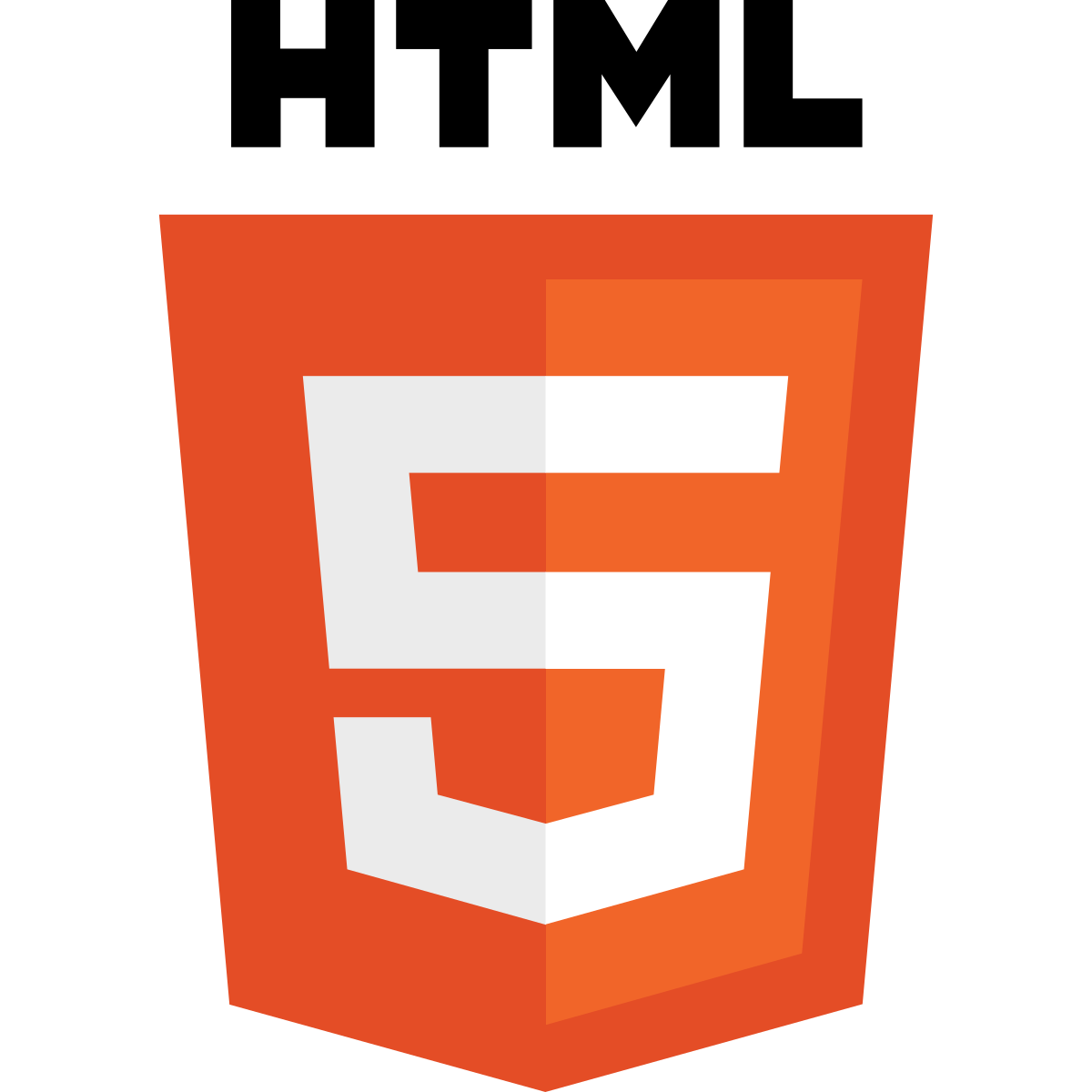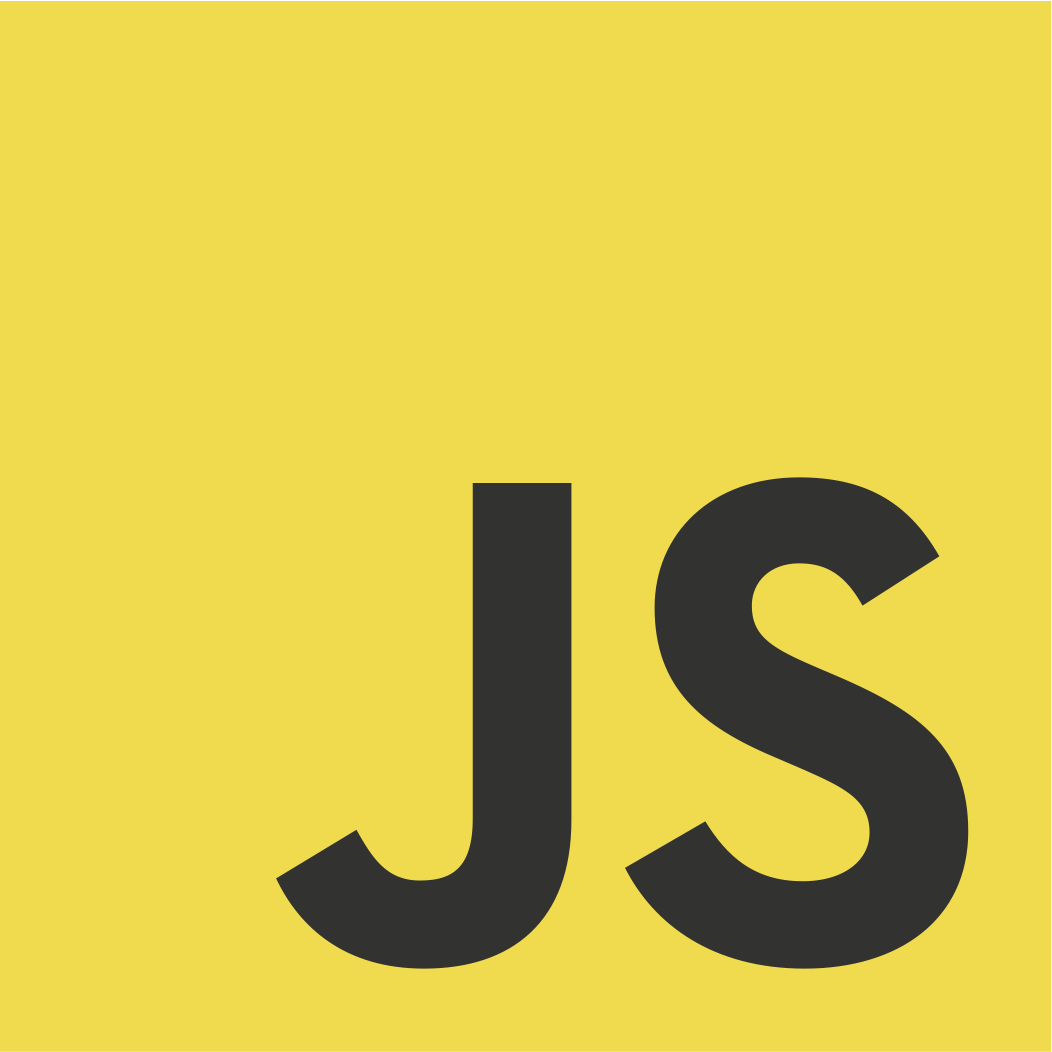Web Development
This lesson discusses web development and its components.
Web development is the process of creating websites and web applications. It involves designing the user interface, writing code, and testing the website for bugs. Web development can be divided into two categories: front-end development and back-end development.
Front-End Development
.webp&w=1920&q=40)
Front-end development is the process of creating the user interface of a website. It involves designing the layout, colors, and fonts of the website. Front-end developers use HTML, CSS, and JavaScript to create the user interface of a website.

- HTML (HyperText Markup Language) is the standard markup language used to create web pages. It defines the structure of a web page using a series of elements.
- CSS (Cascading Style Sheets) is a style sheet language used to define the appearance of a web page. It allows developers to control the layout, colors, and fonts of a website.

- JavaScript is a programming language used to create interactive elements on a web page. It allows developers to add functionality such as animations, pop-ups, and form validation to a website.

- Bootstrap is a front-end framework that allows developers to create responsive and mobile-first websites. It provides a set of pre-designed components, such as buttons, forms, and navigation bars, that can be easily customized.
- React is a JavaScript library used to create user interfaces for single-page applications. It allows developers to build reusable components that update automatically when the data changes.

- Angular is a front-end framework that allows developers to create dynamic web applications. It provides a set of tools and libraries for building interactive user interfaces.

- Vue is a progressive JavaScript framework used to create user interfaces and single-page applications. It allows developers to build interactive web applications with ease.
The above tools and technologies are commonly used in front-end development to create responsive and interactive websites. HTML, CSS, and JavaScript are the building blocks of front-end development, while frameworks such as Bootstrap, React, Angular, and Vue provide additional features for building modern web applications.
Back-End Development

Back-end development is the process of creating the server-side logic of a website. It involves writing code that interacts with the database and processes data. Back-end developers use programming languages such as PHP, Python, and Ruby to create the server-side logic of a website.
- Node.js is a JavaScript runtime environment that allows developers to run JavaScript on the server-side. It provides a set of libraries and tools for building scalable and high-performance web applications.

- Express is a web application framework for Node.js. It provides a set of features for building web applications, such as routing, middleware, and templating.
- Django is a high-level web framework for Python. It allows developers to build web applications quickly and efficiently. Django provides a set of tools and libraries for building secure and scalable web applications.
- Flask is a lightweight web framework for Python. It allows developers to build web applications with minimal code. Flask provides a set of tools and libraries for building simple and scalable web applications.
- Ruby on Rails is a web application framework for Ruby. It provides a set of tools and libraries for building web applications quickly and efficiently. Ruby on Rails follows the convention over configuration principle, which allows developers to write less code and focus on building the application.
- Laravel is a web application framework for PHP. It provides a set of tools and libraries for building web applications quickly and efficiently. Laravel follows the model-view-controller (MVC) architecture, which allows developers to separate the business logic from the presentation layer.
- Spring is a web application framework for Java. It provides a set of tools and libraries for building enterprise-level web applications. Spring follows the inversion of control (IoC) principle, which allows developers to write loosely coupled code and focus on building the application.
The above tools and technologies are commonly used in back-end development to create the server-side logic of a website. Back-end developers use these tools to interact with the database, process data, and handle user requests on the server-side.